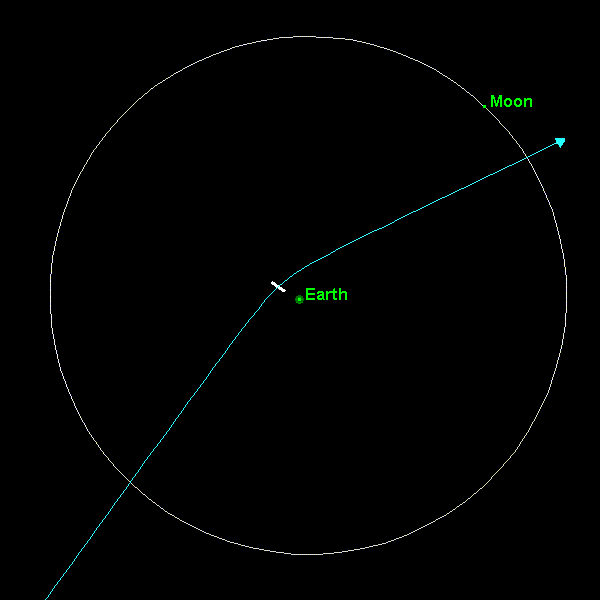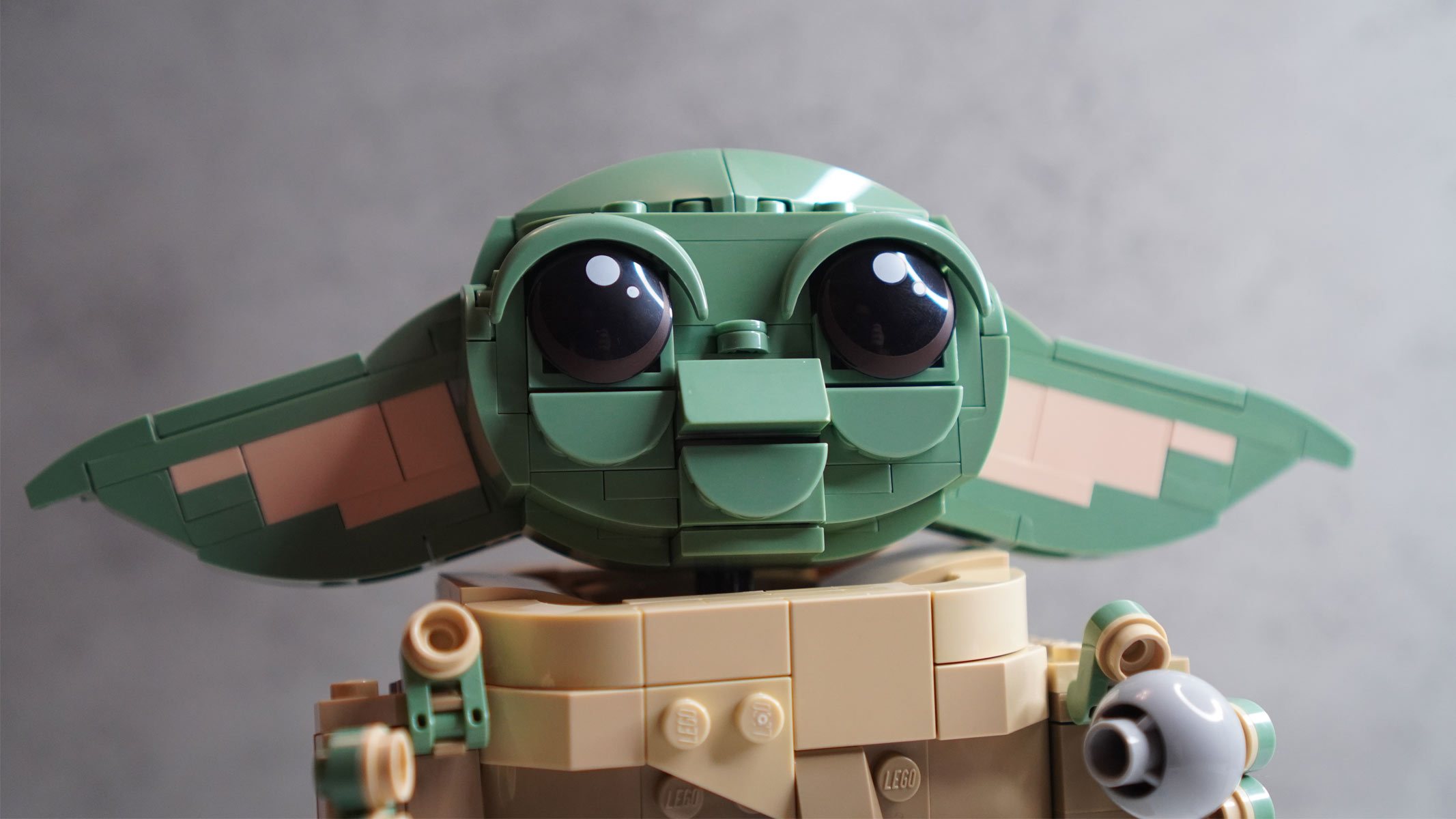Asteroid Apophis: Dealing with Earth's Future Troublemaker

BOULDER,Colorado - The potential for a newly discovered asteroid smacking into theEarth in 2036 cannot be discounted. NASA has sketched out a response strategy inthe outside possibility that the space rock becomes a true threat.
NASA'saction plan was the result of prodding by a group of astronauts, scientists andother technical specialists uneasy about the current lack of action to protectthe Earth from the impact of near Earth objects (NEOs).
Theobject was found last year through the efforts of NASA's Spaceguard Survey. In1998 NASA formally initiated the Spaceguard Survey by adopting the objective offinding 90 percent of the near Earth asteroids larger than 3,280 feet (onekilometer) diameter within the next decade - before the end of 2008.
Asteroid99942 Apophis - first labeled as 2004 MN4 -- is estimated to be roughly 1,000 feet(320 meters) in diameter. Were it to strike Earth, it would not set off global havocbut would generate significant local or regional damage, experts say.
Worrisometo asteroid watchers is the exceptionally close flyby of Earth by Apophis onApril 13, 2029. So close in fact, the space rock will be naked-eye visible asit darts by. And what can't be ruled out at this time is that Apophis may passthrough a gravitational "keyhole" - a spot that alters the asteroid'strajectory as it zips by our planet and might put it on the bee-line lane forbanging into Earth seven years later.
Issueof critical importance
Concernover asteroid Apophis and the ability to precisely chart its trajectory -- andtake steps if needed to deflect the object -- were fervently voiced by the B612Foundation, chaired by Russell Schweickart, a former Apollo astronaut.
Breaking space news, the latest updates on rocket launches, skywatching events and more!
Thegroup requested that NASA carry out an analysis that included the possibilityof placing an active radio transponder on the object. Doing so at a fairlyearly date would yield the requisite orbital accuracy of the asteroid as itsped through space.
Ina June 6 letter to NASA Administrator, Michael Griffin, Schweickart on behalfof the B612 Foundation called for support in "resolving an issue of criticalimportance" - namely whether a scientific mission should be launched toasteroid Apophis in the near term.
Sucha probe, if dispatched, Schweickart stated, would provide knowledge of theasteroid's orbit in time to initiate a deflection mission in the unlikely eventone should be required. The position of the B612 Foundation was that themission should be staged, pointing out that NASA's NEO program personnelapparently did not concur with that view. A spacecraft mission to Apophis wouldaugment tracking of the object from the ground, the letter to Griffinexplained, and also carry out a number of scientific duties too.
NASA response
NASAprovided a formal response to the B612 Foundation's June communique via anOctober 12 letter from Mary Cleave, Associate Administrator for Science MissionDirectorate.
ThatNASA reply came with an appended detailed analysis by Steven Chesley of NASA'SNEO Program Office at the Jet Propulsion Laboratory (JPL) in Pasadena,California. The study by Chesley dug into Apophis' orbit, under varyingconditions, and contained other items pertaining to the space agency's findingsabout the Apophis matter.
"Thekey conclusion to be taken from this analysis," Cleave explained in the letter,"is that aggressive (i.e., more expensive) action can reasonably be delayeduntil after the 2013 observing opportunity. For Apophis, the 16 years availableafter 2013 are sufficient to recognize and respond to any hazard that stillexists after that time."
Cleavenoted in the letter that while Apophis "is an object whose motion we willcontinue to monitor closely in the coming years, we conclude a space mission tothis object based solely on any perceived collision hazard is not warranted atthis time."
Notruled out by Cleave, however, is the prospect of Discovery-class, low-costmissions sent to Apophis, "based on purely scientific arguments," she said.
"Indeed,the asteroid's orbit is particularly attractive for spacecraft rendezvous, andthe extraordinary close encounter in April 2029 provides a unique opportunityto investigate a number of scientific NEO issues," Cleave explained in theletter.
Pinpointing the object's whereabouts
WhileSchweickart said that the NASA response to the B612 Foundation's concern is astep forward, there are other issues still to be resolved.
Onematter involves radar tracking of Apophis.
Onone hand, radar plays a crucial role in being able to rationally determine thefuture likelihood of a NEO impact and potentially in planning for a deflectionmission when required.
Yetthe availability of NEO radar tracking, and the budgets to support this work inthe future is highly uncertain, even precarious, Schweickart and the B612Foundation emphasize. Radar hits of Apophis at each opportunity through 2021are important to keep watch of the object's whereabouts.
"Trackingthese asteroids once you know they exist and pinning down their orbits isreally not science," Schweickart told SPACE.com. "This is public safety.It's disaster preparedness."
Begging time and bumming bucks
WhenApophis swings by Earth, Schweickart said the asteroid will likely change itsorbit. Also, its spin characteristics may be altered. Due to Earth's gravitytugging on the object, "asteroid quakes" could reshape Apophis, he said.
Moreover,still far from resolution is a "who's in charge" proclamation about troublemakingNEOs, Schweickart said.
"Itwould be great if we had NASA doing this as a regular process. Unfortunately,the mindset that's essentially required by their budget is to think aboutdiscovery, not to think about the potential need for deflection," Schweickartadded. "Until your mindset is oriented that way, you're going to miss things."
Untilan agency is identified that is responsible for all of this, Schweickartcautioned, everybody is "begging time and bumming bucks" from some otherprogram. "This whole thing is sort of in a precarious position until somebodygets around to assigning agency responsibility," he said.
Japan's Hayabusa mission
Regardingthe skill required to deposit a transponder on Apophis, Schweickart saluted Japan'sHayabusa asteroid sample-return mission, now in progress.
Thatcraft is scheduled to make two landings on its target asteroid - Itokawa --later this month. The mission is geared to haul back samples of the object toEarth.
Scientistsat Japan's Institute of Space and Astronautical Science (ISAS) are workingday-by-day issues in readying the probe for contact with the asteroid,including release of a mini-robot onto Itokawa that will move about and surveyits rocky surroundings. ISAS is a research arm of the Japan AerospaceExploration Agency (JAXA).
"It'san impressive mission," Schweickart said, sure to yield operational experienceand lessons learned on how best to execute duties on asteroid Apophis.
Global preparedness
Theruin stemming from asteroid Apophis colliding with Earth would potentially bevery great.
Indeed,the consequences, Schweickart suggested, would dwarf those seen as a result ofthe Indian Ocean tsunami in December 2004, hurricanes Katrina and Rita inSeptember of this year, and the Pakistan earthquake last month.
Inregards to global preparedness in handling these unusually devastating eventsof late, "it's basically out of sight...out of mind," Schweickart said. "That'sthe real challenge for society. The things that you don't know about are onething. But the things that you do know about, and don't do somethingabout...those are the ones that are really tough."
Refine the impact probability
Fullyconcurring with NASA's response is Alan Harris, a senior research scientist andasteroid expert for the Space Science Institute headquartered here.
Harrisnoted, as has been underscored by the B612 Foundation, that if Apophis isindeed on an impact trajectory, then ground-based radar observations will notbe able to refine the impact probability to greater than 20 percent. "That is,we would still not know better than one-chance-in-five whether the impact wouldreally occur or not," he told SPACE.com.
"Wereally would need a transponder to improve tracking enough to firmly establishthat an impact would occur," Harris said.
Whathas been overlooked, or at best under-emphasized, Harris added, is a pointraised in the NASA response. Ground-only tracking has a 99.8 percent chance ofeliminating any chance at all of an impact. Thus, there is only one-chance-in-500that ground-based tracking will fail to resolve the issue in favor of noimpact. "For this reason I think the NASA conclusion is entirelysensible," he said.
Wait and see strategy
Harrissaid that there are Apophis observing opportunities every 6-8 years, with eachone having about a 90 percent chance of eliminating any possibleimpact. At each of these "shoulder" times, he said, one can re-evaluatethe "wait and see" strategy if the impact possibility does not go away.
"Certainlyit seems appropriate to play the 'wait and see' game until after the 2013observing opportunity," Harris stated. None of this diminishes the opening thatApophis presents for purely scientific investigations, which could incidentallycontribute to the NEO hazard issue, he said.
Harrissaid that he would not recommend a "deep impact" type of scientific mission,"lest we have the misfortune to deflect it into a keyhole, but other than that,Apophis is a very attractive mission target."
A coming of age
AsteroidApophis, and the discussions it has sparked are welcomed, observed DavidMorrison, a space scientist and asteroid specialist at NASA's Ames ResearchCenter, situated in Silicon Valley, California.
"I am pleased that this dialog is taking place," Morrison said. "This is thefirst time that serious possibilities for dealing with a real butlow-probability future impact have been discussed in a technically professionalway, rather than receiving the 'Hollywood treatment'".
Morrisonsaid that he considers it remarkable that the Spaceguard Survey has reached the
level of maturity where such an asteroid could not only be found, but its orbitunderstood well enough to deal with "keyholes" and other subtleties. "Apophisrepresents for me a symbol of the coming of age of Spaceguard and of asteroidimpact studies in general," he said.
The possibility of Apophis hitting Earth on April 13, 2036 is real, Morrisonsaid, even if the probabilities now seem to be very small. "These probabilitiesrepresent uncertainties in our knowledge of the orbit, not a failure of thescience."
Butwhether the asteroid will strike Earth or not, Morrison concluded, the challengeis to resolve which case is correct. "With more observations over a longer timespan, we will be able to tie this down."

Leonard David is an award-winning space journalist who has been reporting on space activities for more than 50 years. Currently writing as Space.com's Space Insider Columnist among his other projects, Leonard has authored numerous books on space exploration, Mars missions and more, with his latest being "Moon Rush: The New Space Race" published in 2019 by National Geographic. He also wrote "Mars: Our Future on the Red Planet" released in 2016 by National Geographic. Leonard has served as a correspondent for SpaceNews, Scientific American and Aerospace America for the AIAA. He has received many awards, including the first Ordway Award for Sustained Excellence in Spaceflight History in 2015 at the AAS Wernher von Braun Memorial Symposium. You can find out Leonard's latest project at his website and on Twitter.
